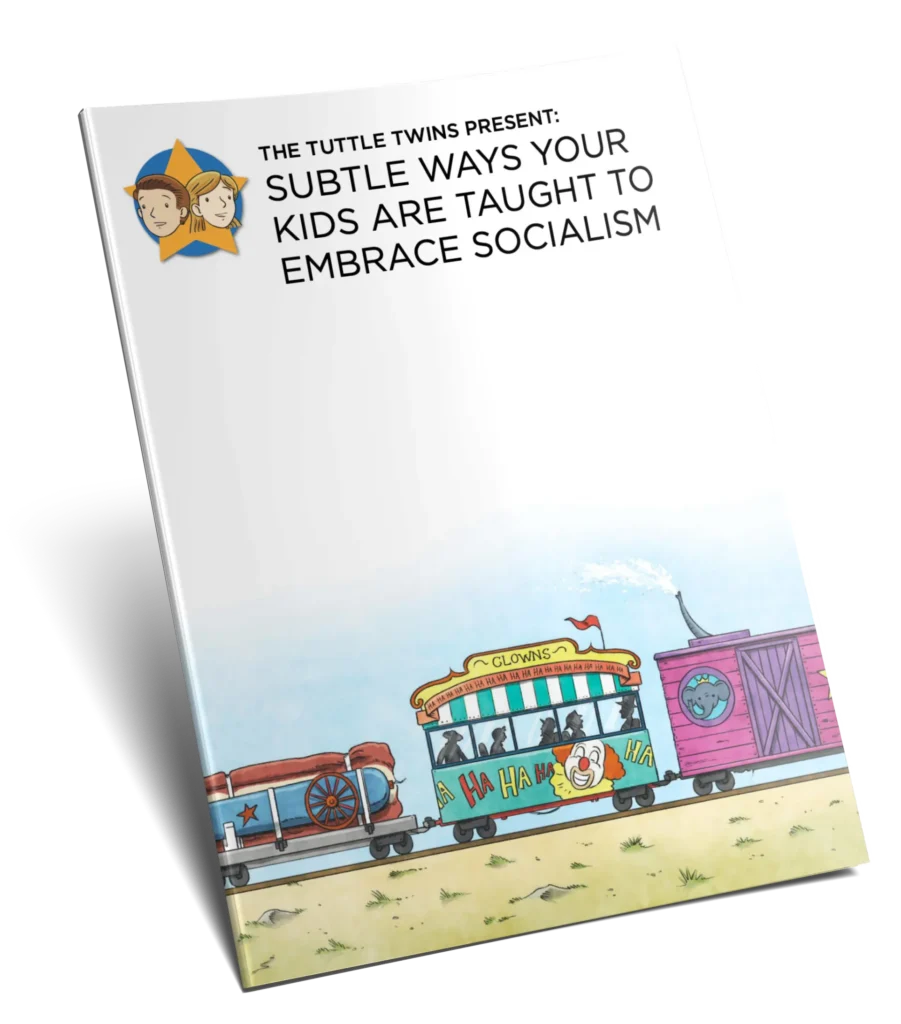When I was a kid, I remember making little May Day baskets at school. We’d stuff them full of little paper flowers and give them to kids in other classes.
It was simple and fun—a small celebration of spring and kindness.
I still love the idea of surprising someone with a homemade bouquet. (And if your kids are looking for a wholesome way to make a friend’s day, I highly recommend the old May Day sneak-n-ring.)
But here’s the thing most of us weren’t taught as kids:
May Day is actually a socialist holiday.
Yes. Actually.
It’s officially known as International Workers’ Day, and it commemorates the struggle of labor unions—particularly the violent protests in 1886 known as the Haymarket Affair. That’s when Chicago workers went on strike demanding an eight-hour workday. The rallies turned deadly after a bomb was thrown at police, and the event became a rallying cry for the international socialist movement.
Three years later, the International Socialist Conference declared May 1st an annual holiday to honor workers and promote leftist labor goals. And ever since, May Day has been used by socialist and communist groups around the world to signal solidarity and spread their ideology.
In the former Soviet Union, massive parades filled Red Square every May 1st, with tanks and banners and speeches about the proletariat.
In the United States, we celebrate Labor Day in September instead—a deliberate choice made in the late 1800s to distance American workers from radical left-wing activism. But in many other countries, May Day is still very much a political holiday. One that lionizes the power of the state and diminishes the dignity of the individual.
Again and again throughout history, what starts as a reasonable or even good idea gets co-opted by ideologies that glorify centralized power and demonize free enterprise.
That’s why it matters that our kids know the full story behind the symbols and holidays they encounter.
At first glance, May Day might look like flowers and springtime cheer. But scratch the surface, and you find a global campaign for economic collectivism—one that’s still alive and well.
If we don’t teach our kids to ask questions, to seek truth, and to understand the ideas behind the history of things, someone else will gladly step in and do it for us.
And chances are, that someone won’t have freedom at the top of their list of important things to teach.
So by all means—drop off those baskets. Make someone smile.
But then maybe take a few minutes to talk about the true history of May Day.
And if you need help having those kinds of conversations, that’s exactly why we created the Tuttle Twins America’s History books and curriculum. Because kids don’t just need to know facts—they need the framework to understand how the world works, and how ideas from the past shape the way we live today.
Happy May Day!
Enjoy the flowers—just don’t be a commie ;)





